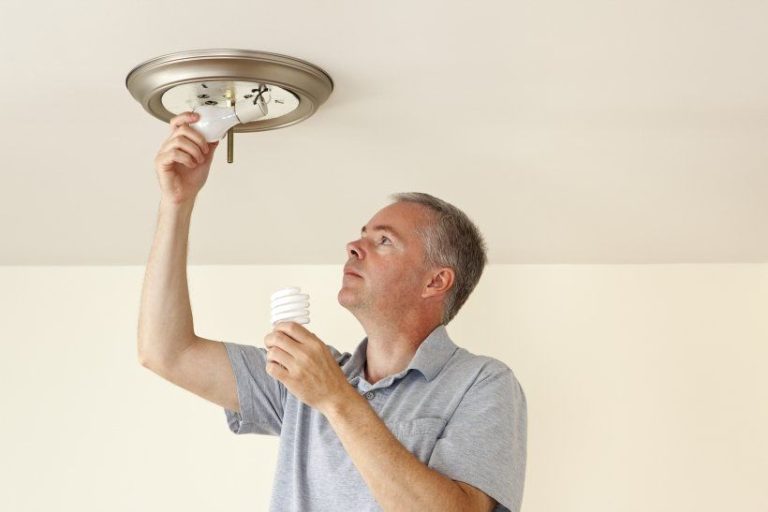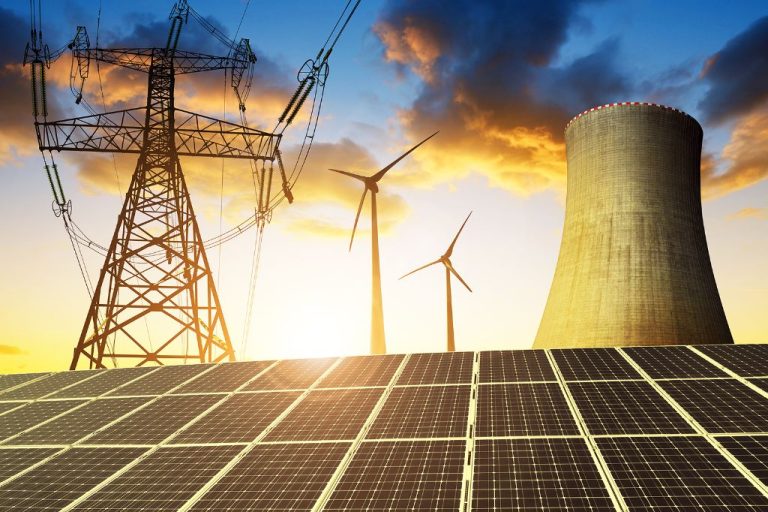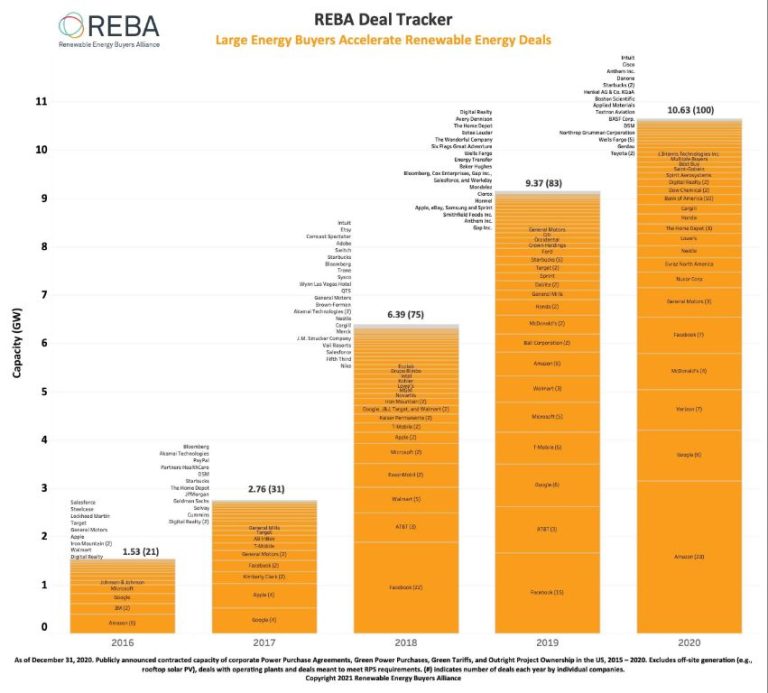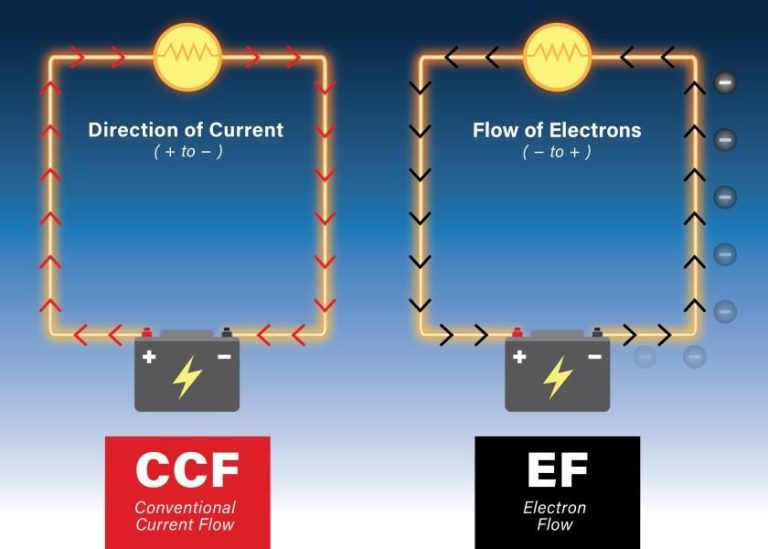Is Renewable Energy More Expensive
In today’s world, where environmental concerns and the need for sustainable solutions are becoming increasingly prevalent, renewable energy sources have gained immense popularity. Promising a cleaner, greener future and reducing our reliance on fossil fuels, renewable energy seems like the ultimate solution to combat climate change. However, with this shift towards more eco-friendly alternatives comes a question that often looms over people’s minds – is renewable energy more expensive than traditional sources? It’s a valid concern as the cost of living continues to rise globally. In this blog post, we’ll dive deeper into this topic and explore whether renewable energy truly comes at a higher financial cost or if it can actually be more affordable in the long run. So let’s unpack the complexities of renewable energy pricing and find out if making the switch can really save us money while protecting our planet.
Comparing The Costs Of Renewable And Non-Renewable Energy Sources
When comparing the costs of renewable and non-renewable energy sources, it’s crucial to consider the long-term financial and environmental implications. While it may seem that traditional sources of energy such as coal and oil are cheaper at face value, the hidden costs of their production and consumption cannot be ignored. These costs include the adverse health effects of pollution, the depletion of natural resources, and the increasing economic impacts of climate change.
On the other hand, renewable energy alternatives such as solar, wind, and hydroelectric power may require higher upfront investments, but they come without the environmental and health consequences associated with fossil fuels. Moreover, renewable energy technologies have seen significant advancements in recent years, leading to more efficient and affordable solutions. The International Renewable Energy Agency reports that the cost of renewable energy technologies such as wind and solar have decreased significantly in the past decade, with solar photovoltaic costs declining a staggering 82% since 2010.
Another factor to consider is the volatility of non-renewable energy prices compared to renewables. Fossil fuel prices are notoriously unpredictable, subject to supply and demand fluctuations, geopolitical tensions, and natural disasters. Renewable energy, on the other hand, benefits from a predictable, consistent supply of energy that is not dependent on external factors. This predictability can provide financial stability and a hedge against volatile energy markets for businesses and governments.
Understanding The Long-Term Savings Of Switching To Renewable Energy
When it comes to determining whether or not renewable energy is more expensive than traditional sources, it’s important to analyze the long-term financial implications of both options. Though fossil fuels may seem like the cheaper option up front, they come with hidden costs that cannot be ignored. For example, the pollution created by the production and consumption of these traditional sources of energy can have a variety of negative health impacts on individuals living in the surrounding area. Furthermore, the depletion of natural resources associated with extracting these fuels only serves to compound the problem. Finally, climate change is an increasingly critical issue that carries significant financial consequences for individuals, governments, and businesses alike.
Renewable energy sources such as wind, solar, and hydroelectric power, on the other hand, may require initial investments. These investments can include anything from installing solar panels to building wind turbines and hydroelectric dam infrastructure. However, they offer significant long-term financial benefits that make them an attractive option for many. Without the adverse health and environmental effects of traditional energy sources, the long-term cost savings associated with renewable energy can make a significant difference.
Moreover, renewable energy technologies have advanced considerably in recent years, leading to increased efficiency and affordability. Take solar photovoltaic costs, for example, which have declined by a staggering 82% since the year 2010, which is a huge development.
Lastly, renewable energy sources benefit from predictable and consistent supplies of energy. External economic and geopolitical factors can affect the supply and price of fossil fuels, which can lead to unpredictable price spikes. By contrast, the cost of renewable energy remains stable over time.
Debunking Common Myths About The Affordability Of Renewable Energy
Renewable energy sources often face the misconception that they are more expensive than traditional sources of energy. While the initial investment in renewable energy infrastructure might be higher than traditional sources like coal or oil, a closer analysis of long-term financial benefits reveals that renewable energy is, in fact, a more affordable option.
Firstly, traditional energy sources come with hidden costs that cannot be ignored. The negative health impacts on individuals living near these energy sources, environmental pollution, and the depletion of natural resources associated with extracting these fuels only compound the problem. These costs are often not reflected in the immediate price of non-renewable energy sources but end up being paid by governments, taxpayers, and individuals over time.
On the other hand, renewable energy technologies have evolved considerably in recent years, leading to increased efficiency and affordability. As an example, solar photovoltaic costs, which have declined by 82% since 2010, have become more accessible and affordable to install. The cost of wind energy has also decreased by over 61% since 2009, making it a financially viable option for many. Not only are these renewable energy sources becoming cost-competitive with traditional sources, but they are also generating cost savings for the consumer over time.
Moreover, renewable energy sources like wind and solar benefit from predictable and consistent supplies of energy. External economic and geopolitical factors can affect the supply and price of fossil fuels, which can lead to unpredictable price spikes. By contrast, the cost of renewable energy remains stable over time, making them more reliable and a sustainable option.
Finally, renewable energy incentives and subsidies further reduce the overall cost of adopting these energy sources. Governments worldwide offer various financial incentives for renewable energy installation, which reduces the initial investment cost. In some cases, renewable energy producers even receive payments for feeding excess energy they generate back into the grid.
Creative Ways To Finance Your Transition To Renewable Energy
If you’re convinced that transitioning to renewable energy sources is the right move but are put off by the higher initial investment costs, there are several creative financing options to explore. With the right approach, you can access affordable financing options that will help you make the switch to green energy without breaking the bank.
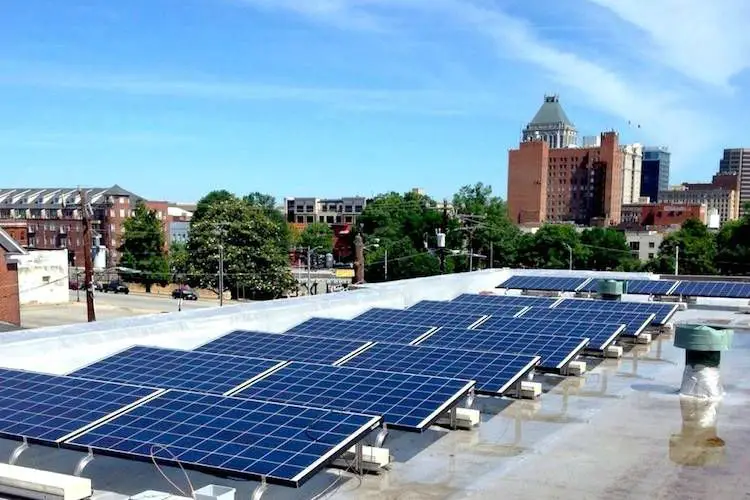
One option to consider is leasing renewable energy equipment. Leasing allows you to access cutting-edge solar and wind technology without making a significant initial investment. In many cases, solar leasing companies will also handle the maintenance and installation of the equipment, further reducing your upfront costs. These arrangements usually last between 10 and 25 years, during which the provider will own the system, but you will use the power generated by it. This option is also often associated with savings because it guarantees a predictable monthly rate that usually remains lower than the cost of power from utilities.
Another alternative is to seek out a green energy loan. Many banks and credit unions offer low-interest loans specifically for renewable energy equipment. These loans may also be longer-term, which means you pay lower monthly installments and get to enjoy the returns of the project. A different kind of loan is an energy efficiency loan that funds an energy efficiency project to improve the energy performance of a building. These loans have a shorter repayment period and offer smaller funding amounts.
Grants and government incentives cannot be overlooked in this discussion. While available options vary by country, federal, state, and local incentives are available for various energy efficiency upgrades and renewable energy projects. Utility companies can also present their own incentives for installing solar panels or installing other renewable energy equipment.
It’s worth mentioning that another option is entering a community solar project. These projects entail a community sharing the benefits of a larger solar power system setup. This may be a good option if you want to start using renewable energy at your own pace or do not have the proper conditions available to install a full solar panel system on your roof.
Green bonds are yet another option for investing in renewable energy, and one that has gained popularity in recent years. These traditionally have been issued by infrastructure companies or governments and offer fixed-income securities to the investors who fund renewable energy projects.
The Hidden Costs Of Relying On Non-Renewable Energy Sources
While the initial investment in renewable energy sources may seem daunting to some, it is important to consider the long-term costs and benefits of non-renewable sources. The hidden costs of relying on these sources can be significant and costly, both financially and environmentally.
Non-renewable energy sources such as coal, oil, and gas may appear cheaper in the short term due to their abundance and accessibility. However, these fossil fuels come with hidden costs that are often overlooked. For instance, the burning of fossil fuels releases carbon emissions into the atmosphere, contributing to climate change and its effects on our planet. The damage caused by environmental disasters, such as oil spills, can have long-lasting effects on local ecosystems and economies.
Additionally, non-renewable sources are finite and their availability is uncertain. Fluctuations in global politics and market forces can lead to sudden spikes in energy costs. This instability can affect everything from transportation costs to the price of groceries at the supermarket, affecting the average person’s quality of life. It is also important to note that non-renewable energy production involves significant infrastructure and maintenance costs that are often passed on to consumers.
On the other hand, renewable energy sources such as solar, wind, and hydroelectric power can provide a stable and long-term solution to our energy needs. Initially, these sources may seem more expensive due to the costs associated with installation and infrastructure development. However, renewable energy systems have a longer lifespan and require minimal maintenance, reducing long-term costs. Additionally, renewable energy sources are harnessing the natural resources we already have and are readily available, unlike non-renewable sources, whose supplies are finite.
Moreover, renewable energy supports local economies by creating jobs in installation, maintenance, and grid integration. Studies have shown that investments in renewable energy can provide higher returns than investments in non-renewable sources and can promote economic stability in the long run.
Real-Life Examples Of How Homeowners Are Saving Money With Renewable Energy
Real-life examples of how homeowners are saving money with renewable energy are abundant. At first, the initial investment can be higher, but the long-term benefits of switching to renewable energy sources are well worth it. Let’s take a look at a few examples to illustrate the economic advantages of renewable energy in homes.
One example is the case of Will Bailey and his wife Emily from Maine, U.S.A. The couple installed solar panels on their roof in 2016, and since then, they have decreased their electricity bill to zero. By generating their energy with the sun, they have not only reduced their carbon footprint but have also saved around $900 per year on utility bills.
In California, the city of Lancaster offers a rebate program to homeowners who install solar panels to their homes. This program has motivated residents like Kaila Macon, who saw an opportunity to save money and reduce her home’s carbon footprint. After installing solar panels on her house, she went from paying $175 in energy bills per month to paying nothing, and in the long run, she will have saved an estimated $30,000.
Another example is the case of John Cruickshank, from Edinburgh, Scotland. In 2015, he installed a small wind turbine in his backyard to generate his electricity. According to him, by using a wind turbine, he has been able to reduce his electricity bill by about a third, and his investment was paid off within five years.
It is clear that, beyond reducing our carbon footprint and promoting environmental sustainability, renewable energy sources have the potential to bring significant savings in the long run. By reducing our reliance on non-renewable sources, homeowners can mitigate the risks of energy cost fluctuations and contribute to a more sustainable and stable local economy.
Conclusion
In conclusion, it is evident that renewable energy sources have become more cost-effective and financially beneficial in the long-term compared to traditional non-renewable options. As we have explored throughout this blog post, there are numerous ways to finance the transition to renewable energy, making it achievable and accessible for homeowners of all backgrounds. Despite popular beliefs, renewable energy is not only affordable but also has hidden savings and advantages that may surprise you. By choosing to power our homes with clean and sustainable sources, we not only save money but also contribute towards a better future for our planet. It’s time to debunk the myths and misconceptions surrounding renewable energy and join the growing number of individuals and families who are already experiencing the benefits firsthand. So go ahead, take the leap of faith towards a greener lifestyle, and watch as your savings grow while doing your part in creating a better tomorrow for generations to come. The choice is clear – let’s make renewable energy our new reality!

